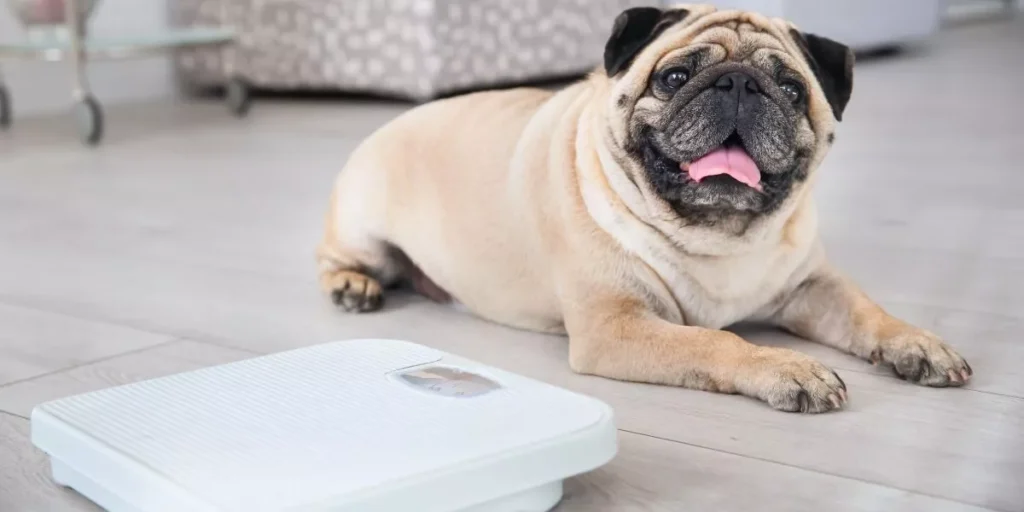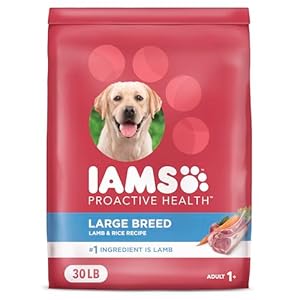
If you’ve noticed your pet’s weight has been a concern, there are subtle signs to look out for to confirm your suspicions. From the visibility of their waistline to the ability to feel their ribs easily, these indicators can help you determine if your furry friend is carrying extra pounds. But once you’ve identified the issue, what steps should you take to address it effectively? Stay tuned to discover practical tips on managing your pet’s weight and ensuring their overall health and well-being.
Body Condition Scoring
To assess your pet’s body condition accurately, you can utilize a body condition scoring system that helps determine if they’re at a healthy weight. This system typically involves evaluating factors such as the visibility of the waist and ribs, the presence of a layer of fat over the ribs, and the overall shape of your pet. By using this scoring system, you can get a better understanding of whether your pet is underweight, overweight, or at an ideal weight.
Ideally, you should be able to feel your pet’s ribs without excess fat covering them. Additionally, when looking at your pet from above, there should be a visible waistline between the ribs and hips. These visual and tactile cues can guide you in determining if your pet is within a healthy weight range.
Regularly assessing your pet’s body condition using this scoring system can help you make informed decisions about their diet and exercise routine to ensure they maintain a healthy weight and overall well-being.
Health Risks
Health risks associated with pet obesity often include a range of serious medical conditions. Carrying excess weight can lead to issues such as diabetes, arthritis, heart disease, respiratory problems, and a decreased life expectancy for your beloved pet. Obesity puts extra strain on your pet’s joints and can exacerbate any existing joint conditions, leading to pain and decreased mobility. The additional weight can also put a strain on their heart, increasing the risk of cardiovascular issues.
Furthermore, overweight pets are more prone to developing diabetes due to insulin resistance caused by the excess fat. Respiratory problems, such as labored breathing or decreased stamina, are common in obese pets because the excess weight restricts their ability to breathe properly. Additionally, obesity can weaken your pet’s immune system, making them more susceptible to infections and other illnesses. By addressing your pet’s weight issues, you can help reduce the risk of these serious health conditions and improve their overall quality of life.
Dietary Adjustments
Excess weight in pets can often be effectively managed through appropriate dietary adjustments. When addressing your pet’s weight, consult with your veterinarian to determine the ideal diet plan.
A common approach is to switch to a high-quality, balanced weight management pet food. These foods are formulated to provide necessary nutrients while helping your pet feel full on fewer calories.
Be mindful of portion control, as overfeeding—even with healthy food—can contribute to weight gain. Avoid giving in to those pleading eyes that beg for extra treats; instead, opt for healthier snack options like carrot sticks or green beans.
Consider using interactive feeders or puzzle toys to slow down mealtime and increase activity. Remember, every pet is unique, so what works for one may not work for another.
Regularly monitor your pet’s weight and adjust their diet as needed. With dedication and the right dietary adjustments, you can help your pet achieve a healthier weight and improve their overall well-being.
Exercise Recommendations
Consider incorporating regular physical activity into your pet’s daily routine to help manage their weight effectively. Exercise is essential for maintaining your pet’s overall health and well-being. Aim for at least 30 minutes of moderate exercise each day for most dogs, while cats may benefit from interactive play sessions throughout the day.
For dogs, activities like brisk walks, playing fetch, or hiking can be great options. These activities not only help burn calories but also provide mental stimulation and strengthen the bond between you and your pet. Swimming is another excellent low-impact exercise for dogs with joint issues.
Cats, on the other hand, enjoy activities that mimic hunting behaviors like chasing laser pointers or feather toys. Consider using puzzle feeders or food-dispensing toys to encourage your cat to move more throughout the day.
Always consider your pet’s age, breed, and any underlying health conditions when planning their exercise routine. Consulting with your veterinarian can help you determine the most suitable activities for your pet’s individual needs.
Monitoring Progress
To track your pet’s progress in managing obesity, start by establishing measurable goals and regularly monitoring their weight and body condition. Setting specific targets, such as a certain number of pounds to lose or a target body condition score, will give you a clear direction.
Weigh your pet consistently, ideally on the same scale, and keep a record of these measurements. Additionally, regularly assess your pet’s body condition by feeling for their ribs and observing their overall shape. A proper diet and exercise plan should result in gradual weight loss and improved muscle tone.
If your pet’s weight plateaus or increases, it may be time to reassess their diet and activity levels. Monitoring progress allows you to make necessary adjustments to ensure your pet is on the right track to a healthier weight.
Pet supplies














